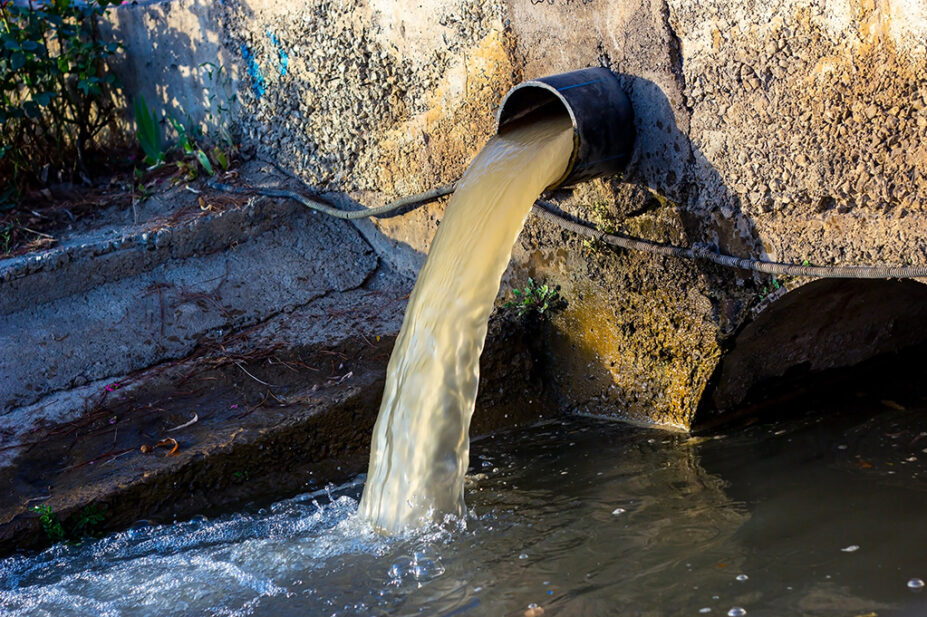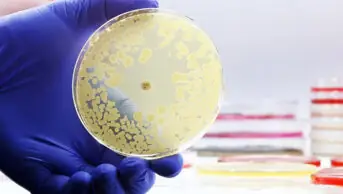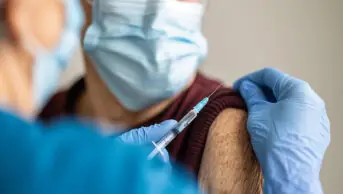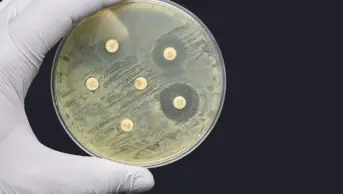
Shutterstock.com
Active pharmaceutical ingredients (APIs) were found to be present in 52 out of 54 river sites across ten national parks in England, according to research published in Environmental Toxicology and Chemistry.
Results of the study, published on 13 August 2024, revealed that APIs were present in rivers in eight out of England’s ten national parks in two sampling seasons in 2022.
A total of 31 APIs were detected, with the most common being cetirizine, metformin and fexofenadine.
Metformin, caffeine and paracetamol showed the highest mean concentrations.
Researchers examined 54 sites in 37 rivers across Dartmoor, Exmoor, Lake District, New Forest, North York Moors, Northumberland, Peak District, South Downs, the Broads and the Yorkshire Dales.
They used The Rivers Trust Sewage Map to select sites that were upstream and downstream of wastewater inputs.
Samples were collected from the sites in winter — between 14 February and 1 March — and summer — between 1 and 18 August — of 2022.
APIs were detected in at least one of the two sampling seasons at all of the sites monitored in each national park, except from the Lake District and Yorkshire Dales.
“While total API concentrations were generally lower than seen previously in UK cities, locations in the Peak District and Exmoor had higher concentrations than most city rivers,” the authors said.
They noted that 14 locations had “concentrations of either amitriptyline, carbamazepine, clarithromycin, diltiazem, metformin, paracetamol, or propranolol above levels of concern for fish, invertebrates, and algae or for selection for antimicrobial resistance”.
“Therefore, API pollution of the English national parks appears to pose risks to ecological health and potentially human health through recreational water use.
“Given that these parks are biodiversity hotspots with protected ecosystems, there is an urgent need for improved monitoring and management of pharmaceutical pollution and pollution more generally not only in national parks in England but also in similar environments across the world,” they added.
Researchers revealed in 2022 that more than a quarter of water samples taken from 258 rivers across the world contained “potentially harmful concentrations” of APIs.
They found that carbamazepine, metformin and caffeine were the most frequently detected APIs, having been detected at more than half of the sites tested and also raised concerns about antimicrobial resistance (AMR).
AMR is a growing concern, with the World Health Organization estimating that bacterial AMR was “directly responsible for 1.27 million global deaths in 2019 and contributed to 4.95 million deaths”.
Commenting on the study, Andrew Singer, principal scientist at the UK Centre for Ecology and Hydrology, told The Pharmaceutical Journal: “API pollution is ubiquitous not only nationally but internationally, and our parks are just one more of the places you can find them.
“This study points out that parks are unique in that they have huge seasonal shifts in wastewater load — ramping up many-fold in the summer.
“As we are finding out, the infrastructure to carry and treat sewage falls well short of what’s needed across the UK, so it isn’t surprising that our parks are also suffering,” he added.
“What makes the parks even more interesting as a case study is that they are often at the headwaters of rivers and thus have very little sewage dilution after treatment (assuming there was treatment and not raw sewage discharged from storm overflows).
He added that negative effects from sewage and the chemicals within it would have “maximum impact in such stretches of river”, creating a problem “as AMR is ubiquitous within our sewage, representing a human health risk to anyone using sewage-impacted rivers”.


